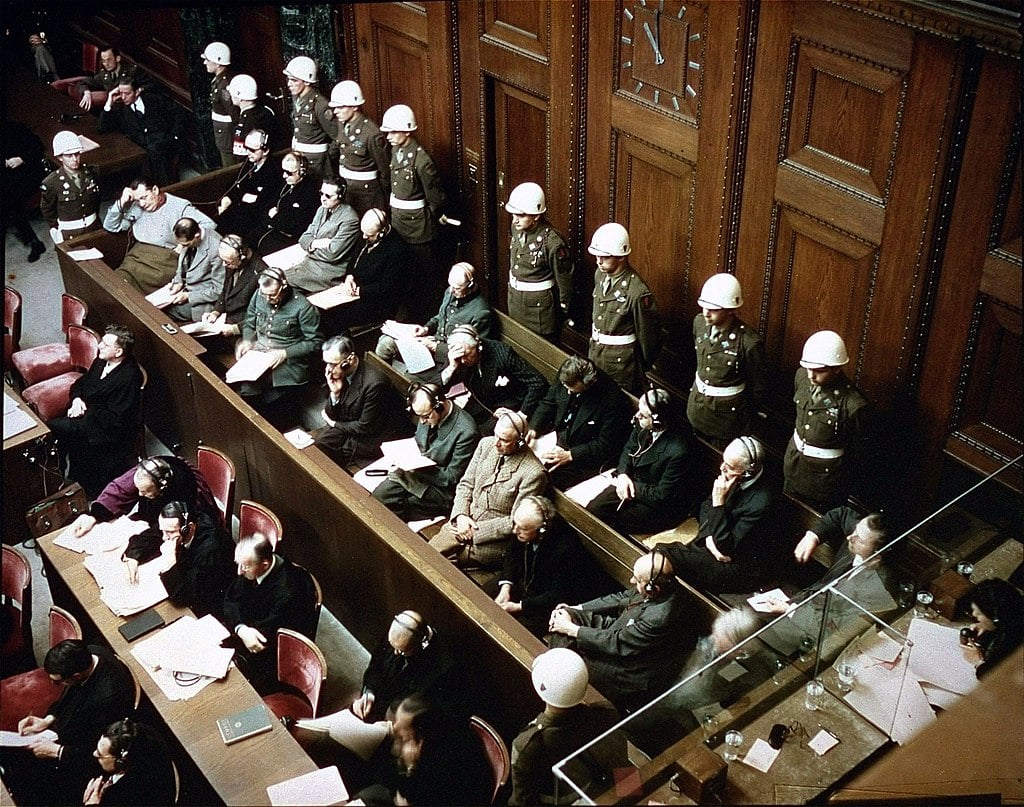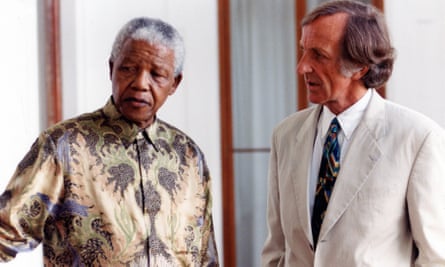Kari Polanyi Levitt is Emeritus Professor of Economics from McGill University in Montreal, Canada. She was born in Vienna in 1923 to the well-known intellectual Karl Polanyi, and grew up there during the famous years of Red Vienna. She was educated in England before and during World War II, obtaining her BSc in Economics and the Farr Medal in Statistics from the London School of Economics in 1947. Following 10 years of engagement in trade union research in Toronto, she obtained her MA in Economics from the University of Toronto in 1959 and an appointment in the Department of Economics at McGill University in 1961, where her particular teaching interests were in Techniques of Development Planning and Development Economics. She has inspired generations of students with the vision she has continued to advance for six decades.
Kari has been involved in the field of development economics since its origins, as a student of several of the pioneers of the field and later as one of its pioneers herself, within the more radical tangents of structuralist development economics. Her important contributions to the field include her groundbreaking work with Lloyd Best in the late 1960s on developing the Plantation Economy paradigm, republished as Essays on the Theory of Plantation Economy (Best and Polanyi Levitt, 2009) and her seminal book, Silent Surrender: The Multinational Corporation in Canada (Polanyi Levitt, 1970), which galvanized the political Left in Canada, her adopted country.
She has maintained a continuous relationship with the University of the West Indies (UWI) since her first contact there in 1960, including collaboration with Alister McIntyre and Lloyd Best. She has also served as Visiting Professor at UWI on several occasions and was appointed the first George Beckford Professor of Caribbean Political Economy from 1995 to 1997, where she compiled The George Beckford Papers (Beckford and Polanyi Levitt, 2000). A collection of her writings on Caribbean issues was published as Reclaiming Development: Independent Thought and Caribbean Community (2005), and a collection of her writings on her father and on contemporary economic development as From the Great Transformation to the Great Financialization (2013).
Kari is a founding member of the Canadian Association for the Study of International Development (CASID), which has awarded an annual essay prize in her honour since 2000. Together with Mel Watkins, she was the first recipient of the John Kenneth Galbraith Prize from the Progressive Economics Forum of Canada in 2008 and was awarded an honorary doctorate from the University of the West Indies in the same year. She is the Honorary President of the Karl Polanyi Institute of Political Economy, established in 1988 and based at Concordia University in Montreal. She was also inducted into the Hungarian Academy of Sciences in 2004 as an honorary member.
*
Andrew Fischer (AF): How did you get into development economics? As a young student during the war years, were you initially interested in development economics?
Kari Polanyi Levitt (KPL): No. During the war, the London School of Economics campus was relocated to Cambridge. All of the senior LSE staff were in London running the war effort — Lionel Robins, Professor Paich, Professor R.G.D. Allen — they were not in Cambridge. So we had enemy aliens and colonials as lecturers. The enemy aliens were people like Hayek and Mannheim, and Nicky Kaldor of course, Europeans with heavy accents. They had British passports, but they were not really British, so they were not in the inner circles of the Establishment running the war. Arthur Lewis was actually the only colonial. He was the first black person ever to be employed by London University. So the School was fascinating; it was really wonderful for us as students. We had the freedom of the city of Cambridge: we could live anywhere we wanted, and we could attend Cambridge University lectures; I could listen to Joan Robinson, Maurice Dobbs … Keynes was not there — he was in London running the war, so I never heard Keynes lecture.
Arthur Lewis gave the introductory lectures on economics at LSE. He drew this graph showing the marginal product of labour and the wage rate. He showed employment would be increased by reducing the wage rate. I gathered up all of my courage and decided to talk to him after the lecture. I said, ‘Sir, excuse me, but I don’t believe that. Before the war, we had 3 million unemployed and they couldn’t get employment at any wage’. So he asked my name and he said, ‘Miss Polanyi, I assume that you have come here to study the science of economics. When you have mastered it, you may return and we will discuss the matter’. [Kari laughs.] You know, he had quite a high pitched voice, he was quite thin at that time, and he looked hungry. Later he became quite portly.
In the second year he gave a class that made an important impression on me. He was obviously writing a textbook and he was giving us the chapters as he was writing it. It was an economic survey from 1919–39, and that is where I first learned about the declining terms of trade of the countries producing agricultural products, Latin America and the Caribbean. But he also presented an account of Hitler’s Germany — and of Russia, England, and the colonies.
But I myself was not at all interested in developing countries, or colonies. I was going to be a labour economist. I wanted to service the labour movement. I worked during two summer vacations in factories and during another summer we made a famous survey on the nutritional state of the British working population, for the Ministry of Food. This survey was done over several years. The result, if nutrition is measured by weight according to height, was that nutrition improved during the war. I also used to offer my help to the Labour Research Department, an independent labour research unit. When I was called up for National Service, I got my first real job, with the Amalgamated Engineering Unit in the research department, on recommendation from the Labour Research Department.
When the war was over, I went back to the LSE to finish my undergraduate degree. In 1947, I found myself in Canada. Joe [Levitt], my fiancé, had arranged for me to enrol in the Master’s programme at the University of Toronto and to be a teaching assistant. I was very disappointed with the University of Toronto. I found it a dull and depressing place, although I enjoyed teaching a course on English economic history.
I left the university and presented myself at a factory called Acme Screw and Gear Company in Toronto. Of course I lied about my qualifications, never told them I had been to university or anything, and I got a job there. I was there for a year and thoroughly enjoyed the life. So, okay, I am now in the labour movement … but when colleagues discovered I was ‘wasting my time’ in a factory, they offered me employment with the United Electrical Union Labour Research Department. Later I worked for the Mine, Mills and Smelter Workers Union, as a journalist. There I had to produce a 16-page tabloid every month. I enjoyed the work. Eventually I decided I would enrol in graduate studies at the University of Toronto and that is when I became interested in development economics.
AF: How did you become interested?
KPL: The first time I came across that literature was in the 1950s. Because I had a strong mathematics background, I became interested in making input-output tables for inter-industry modelling. Professor Keirstead at the University of Toronto came from the Maritimes [in Canada] and had connections with Atlantic Provinces Economic Council, and he got me jobs in the summer working for them. I did one study for them on migration. Then I got interested in doing work for them on regional economic planning, for the so-called underdeveloped provinces of Canada, the maritime region — regional underdevelopment. That got me interested in starting to do regional input-output tables and I developed that when I came to McGill [in Montreal]. So, I came to development economics also through my interest in planning and applying that to regional economic underdevelopment.
AF: Was that around the time that you first started going to Jamaica?
KPL: I started at McGill in 1961, right after Jamaica. Professor Keirstead was a friend of Arthur Lewis. He spent a sabbatical in Jamaica with his wife and undertook to do some studies for what was then the Federal Government of the West Indies. So he sent for a student, which ended up being me. I arrived in Jamaica in 1960. I arrived right in the middle of the Federal Government of the West Indies: it started in 1958 and collapsed in 1962.
Alistair McIntyre was teaching in Jamaica at that time. The campus of the University of West Indies [UWI] was dominated by expatriate British. In economics, Alistair McIntyre was one of the few West Indians and Lloyd Best had just been hired, as a junior fellow, at the Institute of Social Economic Research. He was supposed to be making estimates of national income for the small islands, but that did not match his interests, and being Mr Best, he decided he would follow his interests. I do not blame him, but his interest was in West Indian history.
AF: So then you started working with him around that time?
KPL: Well, that is when I met him … but I was interested in planning techniques. I knew more about techniques than about the substance, of course. So we thought we would do something together. He had gone to Guyana and then, when he came back in 1964, we started what became the Plantation Model.
At McGill, I couldn’t teach development because another professor was teaching that, so I taught a course in planning techniques. I managed to supply Statistics Canada with quite a few students. McIntyre, in particular, kept sending me students, to supervise their graduate work at McGill.
AF: You were also writing Silent Surrender during that time?
KPL: I was approached by Charles Taylor,[1] who was a colleague, to write a position paper for the NDP [New Democratic Party]2 on the issue of foreign ownership. We are talking about the early 1960s. Charles Taylor was a possible candidate for the leadership of the NDP and his candidature was being pushed by David Lewis, who was the leader of the party. (David Lewis was the father of Stephen Lewis and grandfather of Avy Lewis, who is married to Naomi Klein.) That brought me to an NDP convention. The NDP was not interested in getting involved with anything that was too radical sounding — the NDP was quite conservative.
I said, yes, I was interested because the majority opinion in the NDP was that foreign ownership was not a problem. If it was good for economic growth then whatever was done with the economic growth was another issue. The first thing I did was to distinguish between portfolio and direct investment. The argument had been simply about foreign investment, but we got onto this thing about the effect of the branch plant, and of the sale of so many Canadian companies to American companies. This had a dynamic effect because I was then asked to meet, for a whole weekend, with the national executive of the NDP. The book Silent Surrender really came out of that.
But then when I met Lloyd, I became interested in the plantation economy. There was a relationship, in a sense, between Canada, as a country that was increasingly dominated by the whole subsidiaries and branch plants of foreign companies, and the Caribbean, which was a typical case of islands involved in multinational mining and extractive activity in oil and bauxite. We wrote some interesting things together. It was Lloyd who persuaded me to publish what I had by 1968, in the New World Quarterly,[3] under the title of ‘Economic Dependence and Political Disintegration: The Case of Canada’. And that began a kind of new existence. It was reprinted by Cy Gonick and at the time it became a minor sensation in Canada, until I was approached by Macmillan of Canada.
Then I got help, both from the NDP but particularly from Eric Keirens. Eric was a remarkable fellow, very independent minded. He was a capitalist, he was a former president of the Montreal stock exchange, and at McGill he was a professor of commerce. He became a close friend and he gave me a lot of good material for Silent Surrender because he really believed in the independence of Canada. He did not like the Americans buying up all of these companies, or the Canadians who were sending out everything to the Americans. Eventually, I had a book. Silent Surrender was finished in 1969, published in 1970. The publisher sent a copy to be evaluated by an economist at University of Toronto, who rejected it; he said this was political and not economics, it was ideological, it was whatever. But the publisher liked it and so the publisher asked if I knew someone else who I could send it to, and I said, send it to Mel Watkins. So they sent it to Mel and the rest is history. He just loved it and wrote the introduction for it.
Meanwhile, Lloyd had been at McGill from 1966 to 1968. We got some money from UNIDO for a project called ‘Export-propelled growth and industrialization in the Caribbean’. He left to go back home in 1968 and in 1969 there was a possibility I could go to Trinidad to continue work with him on the completion of this plantation economy model. Actually, CIDA [the Canadian International Development Agency, which was going to fund her] tried to block me, by getting UWI to say that they no longer wanted someone working in social sciences. However, by that time, my good friend William Demas, who had been long-time economic advisor to Dr William [Eric William, the first prime minister of Trinidad and Tobago and author of Capitalism and Slavery (1944)], knowing that I had wanted to come to Trinidad and was preparing to do so, said, well, would you consider coming to develop the data base for the next 5-year plan? So, I agreed. For that he got support from the IMF. I finally went there in 1969 with money from the IMF, technical assistance. The IMF didn’t have any problem with me — all of the problems I had originated in Ottawa. I guess they went back to the issues of Sir George Williams,[4] the black writers’ conference, and a whole lot of West Indian politics here in Montreal.
From 1969 to 1973 I was going back and forth and we really did amazing work. We worked with a team of young graduates from UWI and with statisticians from the Central Statistical Office. We developed a very innovative Trinidad and Tobago system of national accounts, based on what was then the new UN system of national accounts, but modified to make it conform to the structure of a petroleum economy. In 1973 that was terminated abruptly, because of the political situation there.
AF: Can you elaborate on the Plantation Economy?
KPL: I think it is important because most of my work has been done with regard to the Caribbean or with regard to world history. The Caribbean has been so important in terms of what we call the international framework, within which the plantation economy existed and continues to exist. There are four aspects of the world, of the external environment, in which the plantations were organized. To my mind, the four points continue to be very useful for understanding the structure of international trade and investment, and the shifting political spheres of influence.
The four aspects are: the division of the world by the Pope between Spain and Portugal, one east, one west; the navigation acts, the lines of communication; of course, the division of labour between primary commodities and manufactures; and finally the importance of what we call the metropolitan exchange standard. The fourth in particular remains important to this day, with the whole debate about the continuing importance of the American dollar as reserve currency in spite of the relative decline of the United States.
You know, it was a dramatic way of emphasizing that what we have in the English-speaking Caribbean — well, in all of the islands, even in the small ones — does not approximate an economy as described in textbooks of economics. The representative firm, as [Alfred] Marshall called it, is not the family-owned enterprise, but the subsidiary of a foreign company with extractive activity. We had in mind the petroleum industry of Trinidad, the bauxite of Jamaica, for example. So then, in looking at this and the historical path, it led to the plantation, which was set up by foreign capital with the express purpose of utilizing African labour to produce a commodity of high value for international markets. Then we explored the internal organizations of the plantations, the relation between planter and merchant. That is, the relationship between the organization of the production and the organization of the distribution, the finance, the access to markets, etc. — what in Marxist language would be the sphere of circulation, and the predominance of the sphere of circulation over the process of production.
AF: Which is the inverse of the basic Marxist understanding of capitalist development.
KPL: It is also the inverse of economics in general, because very much of classical economics is about the real economy. In fact, Keynes’s principal quarrel with what he called the classics was because they ignored money. So they ignored the sphere of circulation.
AF: Much of modern economics continues to ignore money in that sense.
KPL: Indeed. I mean, this nonsense about the microeconomic foundations of macroeconomics is an effort to ignore money. Of course, people have to be confronted with the fact that, in historic terms, the great divide — between North and South, or between West and East, or however you wish to put it — really began with the industrial revolution in Britain and did not begin to take off until the early 19th century. However, this was not only due to huge spurts of growth in Europe and its offshoots, as [Angus] Maddison calls them, being the United States, Canada, Australia. It was also due to the negative reduction in growth in India, and particularly in China in the 19th century, which the Chinese now regard as their great humiliation.
Moreover, the three centuries that preceded the industrial revolution were enormously important because the really existing capitalism happened in the relatively small nations on the Atlantic periphery of the Eurasian continent: Spain, Portugal, France, The Netherlands and England. It did not happen in the more ancient civilization of China, or of India, or of the whole Hellenic Mediterranean region. It’s a big historical question. It could have, but it did not happen in the great empires. It happened in these rather small and rather recent nation states. This really existing capitalism from Western Europe came together with the voyages of discovery, the conquest of the Americas. If we consider these three centuries, 1500 to 1800, that mercantilist era was characterized by what I call commerce and conquest, trade and war. The war was almost entirely maritime. Historians talk about perpetual trade and war in the Caribbean.
What happened with the Renaissance — with the voyages of Vasco da Gama and then Columbus — is that these European states extended their territory to embrace all of the Americas. If Western Europe had not been able to expand to embrace all of the Americas, they would not have been the power that they became. An interesting example is The Netherlands. The Dutch were so successful, they built the first great commercial empire that went from the Baltic to the spice islands of Indonesia, and they established Amsterdam as the premier financial centre of Europe, but with the small population they had, they couldn’t carry it any further.
Trade and war were there in the traditions of these countries of Western Europe that became the predominant metropolitan powers, from the beginning. From the beginning, there was expansion and conquest. And so, the relationship of trade and warfare, commerce and conquest, and the element of centres and peripheries, were all there from the get-go in the Western capitalist countries, before industrial capitalism. One could talk not about two globalizations but about three, to think of the expansion from the beginning.
It then continued with the better-known free trade imperialism, and the empires, in the latter part of the 19th century, the conquest of Africa and Asia, etc. As our friend Eric Hobsbawm writes, quite correctly, without the previous mercantile colonial system, the revolution in the spinning industry in Britain, British textiles, would not have had markets to sell their rather poor cotton products. They could be sold only in the colonial trade, they could not be sold otherwise. So the old mercantilist order that was dissolved somewhat with the coming of free trade in England and in Europe had served the purpose of providing the original markets, including India of course, where British cotton goods were sold by the East India company, and Britain put enormous tariffs against the importation of Indian cotton — a well-known story.
AF: And you derived these insights from your work on the Plantation Economy?
KPL: I think there is also something to be learnt from the structure of the early chartered companies, in terms of what I call the symbiotic relationship between the political authority, the monarch, and the merchant in the accumulation of territory and wealth, and the way the chartered companies were made into almost autonomous entities. The sovereign granted monopoly rights to merchant companies to establish exclusivist relations with foreign rulers in Asia and Africa. They were given the power to build ports and forts, dispense justice, and so forth. I make the comparison with the multinational corporations, which I call the new mercantilism.
That line of thinking leads us to another important similarity, and that is the emphasis on the importance of who controls communication. In the work that we did on the Plantation Economy, the merchant had superior power over the planter. The chartered companies were large and powerful business enterprises compared with the multitude of producers whose access to metropolitan markets they controlled. The merchant had control of the market overseas, in the metropole, the source of much of the capital, the actual control over the means of transportation. The producers — the planters — were in a subsidiary position. The merchant sold the goods and also supplied the inputs and could take his cut.
Today, with the information revolution, we are seeing enormous structures of power accrue to those who control channels of communication. But even before we had the phenomenon of the Amazons, the Googles, etc., in the production chains, which we are very familiar with, it was very very clear that the control and the profit accrue principally to the platform that organizes the chain. The producers, the capitalists as much as the workers who produce the various inputs that are assembled, etc., are in a subordinate position to those who are controlling this whole process. The deindustrialization that has happened in the Western countries has created big problems but it has not impoverished these countries in terms of GDP (for lack of a better measure). They have gained in various kinds of fees and profits and interest, and other kinds of incomes, and have moved towards the top of the income distribution. We know about the unfavourable distribution. But the control of channels of communication, what used to be the navigation acts in the mercantilist system, is something that has carried right through to the present: communication gives control. Information technology today has been greeted positively, obviously with some good reason, but it has some very big issues regarding power.
Hence, from the very origins of European hegemony, we see the predominance of metropolitan finance over production in the peripheries, in contrast with the predominance of production over finance in the centre. Viewed from the periphery, merchants remained central. They distributed and sold the products of the emerging English industrial system in colonial markets, and the sugar and other commodities of the slave plantations in international markets. Merchants controlled the channels of international commerce, including finance, insurance and shipping.
These aspects supported the establishment of European hegemony throughout these centuries. The evolution of capitalism needs to be understood in light of these 300 years of mercantilist conquest and unequal trade, which transformed the peripheries and integrated them into the production networks of the centre in various differentiated ways before the advent of industrial capitalism. There was no radical break between mercantilism and English capitalism from the perspective of the periphery. US capitalism also shows a similar continuity, although the major innovation of US corporations was to merge production with distribution.
AF: So the Plantation Economy helped you understand economic development more generally?
KPL: Yes, but you see, the Plantation Economy was also something special, in a sense unique to the Caribbean. Of course, plantations have been set up in other countries. Interestingly, a colleague of mine has been doing research on the fact that when the planters were compensated for the loss of their slaves, at the time of emancipation, many of them, with connections within the British empire, established plantations in South Asia, Southeast Asia, and so forth. But those were not based on slave labour.
When we developed this idea, in the 1960s, those were very different times, they were times of radical social political movements. We had in Trinidad, in 1970, what was called a black power revolution, an uprising. So the political idea that in some ways not very much has changed since the days of the slave plantation was something that people could sense.
AF: You have argued that modern capitalism is returning to its mercantilist origins and you have drawn parallels to the Plantation Economy. Can you explain?
KPL: This is what some people have called extractive imperialism. In my book Silent Surrender, there is a chapter called ‘From the Old Mercantilism to the New’. In the old mercantilism, again, the representative firm was a joint stock corporation, the chartered companies; they received their monopolies from the sovereign; there were many shareholders; they were adventurers, etc. I saw similarities with the gigantic multinational corporations, also similarities in the sense that the centre, the head office, is in control of a variety of locations, and again how control over communication is so central to the organization of both of the old chartered companies and the modern multinational corporations.
AF: And you were writing this already in the late 1960s …
KPL: Yes. And it is still relevant today — more so than ever I think. I was working on Silent Surrender, which was on the effects of the multinational corporations on host countries in the developed world, the US–Canada relationship, at the same time as I was working on plantation economies with Lloyd Best, so I have always seen the connections. People have found it strange that I would see any similarities between American companies buying up Canadian industries and what is going on in the islands of the Caribbean.
And we are now seeing a certain regression of capitalism to these mercantilist origins in the capitalist heartlands in the US, the UK and even in continental Europe. This regression is commonly referred to as ‘financialization’, meaning the growing dominance of finance and commerce over production. This is best seen in terms of the concentration of power in multinational corporations, which increasingly do not directly produce anything but, instead, organize production and distribution. Hence, production has become increasingly subservient and subordinated to commerce through subcontracting and outsourcing in various ways, and through proprietary arrangements and monopsonistic structures of buyers vis-à-vis producers. This is a very different reality from that of industrial capitalism in its heyday and from the descriptions of firms in typical microeconomics textbooks. It can be seen as a certain type of degeneration of capitalism in comparison to the age when industrial capitalism was based on innovation in production rather than innovation in financial and proprietary arrangements, which is why we call it a predatory form of capitalism.
However, the mercantilist origins of this predatory capitalism are best viewed from the peripheries. This is in contrast to the common approach that views such predatory capitalism as somehow a perversion from the idealized classical forms of capitalism that emerged in Europe on the basis of the primacy of productive innovation over commerce. The early mercantilist origin of capitalism in the peripheries sheds light on the continuity of commerce over production, especially but not only in these peripheries, from slavery to the emergence of transnational corporations as a form of ‘new mercantilism’ controlling commerce in the peripheries. At both ends of the historical spectrum, the imbalance of power relations in international trade is rooted in this imbalance of commerce over production, whereby production in peripheries is subservient to commerce controlled by mercantilist or new mercantilist corporations. It is for this reason that Marxist models of capitalists exploiting labour are not very appropriate for understanding the economic dependency and exploitation of countries that are incorporated as peripheries into the international capitalist system.
Rather, it is quite tenable to suggest that the future of the capitalist centres can be seen in the history of the peripheries. For instance, those of us working on the Caribbean used to think that the short view was a peculiarity of the Plantation Economy, whereas now a similar short view has become generalized to the economies of the centres, such as in the US and the UK. This short view is the view of commerce: when prospects look good for your export crop, you borrow and expand; when times turn bad, you have no resources to diversify, so you stay in the same staple crop and you borrow to try to maintain your standard of living; when borrowing is no longer possible, you mortgage your land; when that is no longer possible, you consume capital. In the days of slavery, consuming capital meant overworking and starving your slaves. In contemporary times, it means laying off public servants and reducing public expenditures on education and health, which is equivalent to consuming the human capital of a population.
AF: If I recall correctly, you have said that the first application of scientific methods of organizing labour was on the slave plantations. Do you think this influenced Adam Smith?
KPL: What I said is that a plantation with 3,000 slaves implied an industrial organization that makes Adam Smith’s pin factory look miniscule in terms of the division of labour. It was mind blowing, when I was taken in Jamaica, somewhere not too far from Antigua Bay, to the Good Hope Plantation, which had 3,000 slaves. I mean, how do you organize something like that? You are going to have people who will be rebellious, run away to the hills, and the organization and the accounting, and all the different aspects of that operation … We are talking about the late 18th century, and what you had in Britain at the time was largely artisanal industry, nothing was organized on a big scale. Possibly on a physical scale, such as the sheep pasture, but not in terms of labour.
What I said, which my colleague Lloyd Best did not like to hear, did not agree with, is that I thought that the production of sugar on slave plantations was in every sense a capitalist operation, organized with European capital, with the exception of the labour regime, which was not wage labour but slave labour. But the labour power embodied in these human machines was valued, the amount of work that could be extracted from them, according to their size and age and health, was estimated, and so on. So it seems to me to be obvious that this preceded the more scientific management of production in English agriculture.
Marxist definitions tend to define capitalism as private ownership of property and wage labour. But if you look at capitalism in terms of the production of something for the sheer purpose of selling it at a profit, then the plantations have major attributes of tropical agrarian-style capitalism. They also constituted the first major investment of capital in an overseas location for this purpose.
In the case of the English colonies, as I have noted, there are also remarkable similarities between these particular characteristics and the English agricultural revolution and the role played by English oligarchic landed classes, the same landed classes whose younger sons were sent to the colonies and became part of the planter classes. The plantocracy and the English landed oligarchy are largely the same families, the same people.
This long view highlights how the Caribbean slave plantations were, in many respects, at the genesis of capitalism and the plantations were entirely capitalist enterprises; the sole difference with the modern factory system lay in the fact that the labour was unfree. Indeed, the slave trade only derived its profitability from the profitability of the slave plantations. Sugar was the largest single import of Britain, constituting close to one-quarter of the value of all British imports in the 18th century. At the same time, the capitalist agriculture that was evolving in Britain was often developed by the same families that were involved in the Caribbean slave plantations. This synergy of mercantilism remains a hugely underemphasized, if not ignored, aspect in the Eurocentric debates on the origins of capitalism in Northwest Europe, which usually focus on internal causes such as agrarian transformations in the English countryside rather than the more global commercial origins of these transformations.
AF: How does this relate to a similar emphasis of production in early development economics?
KPL: The fact that really existing capitalism happened in the relatively small nations on the Atlantic periphery of the Eurasian continent accounts for the fact that GDP per capita in Western Europe — in all the statistics, the Maddison estimates — was significantly higher than in Eastern Europe, and remains so to this day. Now, what is Western Europe? It borders the Atlantic, it has special relationships with different areas of the world.
So, when we come to the [early] development economists and the importance of people like Gerschenkron, Rosenstein Rodan, they were living in regions of the world that were backward in relation to Western Europe. Gerschenkron was of course Russian (born in the Ukraine) and much of his work was done on the rise of Tsarist Russia.
AF: ‘Backward’ is not a very popular term these days … can you clarify?
KPL: Well, backward, absolutely, backward. Economically underdeveloped. Economically backward. At the time of the Russian revolution in 1917, this is a country hugely dominated by a peasantry, with some cities, with some industrial establishments, actually mostly with foreign capital, and some modern technology. This is part of the story of the Russian revolution and the Soviet Communist Party, which considered itself to be a vanguard party based on the working class, but the working class was extremely small, in relationship to a vast peasantry, and they came into conflict, of course. The whole history of the early decades of the Soviet revolution was really about conflicts between the peasantry and the prevailing regime that was based on urban and industrial regions.
Gerschenkron and others understood the problems of economic underdevelopment because they could understand it in terms of their own countries in relation to Western Europe. Thinkers like Arthur Lewis came from the colonies and so also had this perspective, but what is not so obvious and perhaps not so well understood is the relationship within Europe, of East Europe to the West. Europe is deeply divided in that way.
Click here to read the full interview.
*
Note to readers: Please click the share button above. Follow us on Instagram and Twitter and subscribe to our Telegram Channel. Feel free to repost and share widely Global Research articles.
Andrew M. Fischer ([email protected]) is Associate Professor at the Institute of Social Studies, The Hague, The Netherlands, and member of the editorial board of Development and Change. His most recent book, Poverty as Ideology (Zed, 2018), was awarded the International Studies in Poverty Prize by the Comparative Research Programme on Poverty (CROP) and by Zed Books. He received his BA and MA in Economics from McGill University in Canada, and his PhD in Development Studies from the London School of Economics. He has been involved in development studies or developing countries for over 30 years.

 Sir Henry Kissinger: Midwife to New Babylon. History: ‘Greater Israel’ as a British Imperial Project. Matthew Ehret-Kump
Sir Henry Kissinger: Midwife to New Babylon. History: ‘Greater Israel’ as a British Imperial Project. Matthew Ehret-Kump Canadian Government Admits 48,780 Excess Deaths in 2022 (17% Increase in Mortality). There Is No Evidence COVID-19 Vaccines Saved a Single Life in Canada During 2021-2022
Canadian Government Admits 48,780 Excess Deaths in 2022 (17% Increase in Mortality). There Is No Evidence COVID-19 Vaccines Saved a Single Life in Canada During 2021-2022 Excess Deaths and Depopulation: Shall We Sit Around in Our Insouciance and Permit This to Happen?
Excess Deaths and Depopulation: Shall We Sit Around in Our Insouciance and Permit This to Happen? Silencing the Lambs. How Propaganda Works. John Pilger, His Legacy Will Live
Silencing the Lambs. How Propaganda Works. John Pilger, His Legacy Will Live 5G Danger: 13 Reasons 5G Wireless Technology Will Be a Catastrophe for Humanity
5G Danger: 13 Reasons 5G Wireless Technology Will Be a Catastrophe for Humanity Bill Gates Plans for New Catastrophic Contagion
Bill Gates Plans for New Catastrophic Contagion Depopulation and the mRNA Vaccine
Depopulation and the mRNA Vaccine 19 Years Ago Today, Journalist Gary Webb Was Murdered After Exposing CIA Drug Trafficking
19 Years Ago Today, Journalist Gary Webb Was Murdered After Exposing CIA Drug Trafficking Reality vs. Illusion. People have been Robbed of their Ability to “Decipher between Fact and Fiction”
Reality vs. Illusion. People have been Robbed of their Ability to “Decipher between Fact and Fiction” History: The Federal Reserve Cartel: Freemasons and The House of Rothschild
History: The Federal Reserve Cartel: Freemasons and The House of Rothschild Drug-Induced Dementia IS NOT Alzheimer’s Disease
Drug-Induced Dementia IS NOT Alzheimer’s Disease An Immense Hunger, Where are We All Going? Our Visions Into A New Year… Edward Curtin
An Immense Hunger, Where are We All Going? Our Visions Into A New Year… Edward Curtin Biden’s America Surrenders to War Criminal Netanyahu
Biden’s America Surrenders to War Criminal Netanyahu American-Israeli Anthropologist Suggests that “We Are All Being Palestinized”
American-Israeli Anthropologist Suggests that “We Are All Being Palestinized” The EU Is Willing to Go to War Over Lithium?
The EU Is Willing to Go to War Over Lithium? October 7 As Seen Through the Lens of the Military-Intelligence Complex
October 7 As Seen Through the Lens of the Military-Intelligence Complex Why Biden’s Red Sea Strategy Will Blow Up in His Face
Why Biden’s Red Sea Strategy Will Blow Up in His Face Video: “The Deal of the Century”, Palestine and International Law: UN Special Rapporteur Michael Lynk
Video: “The Deal of the Century”, Palestine and International Law: UN Special Rapporteur Michael Lynk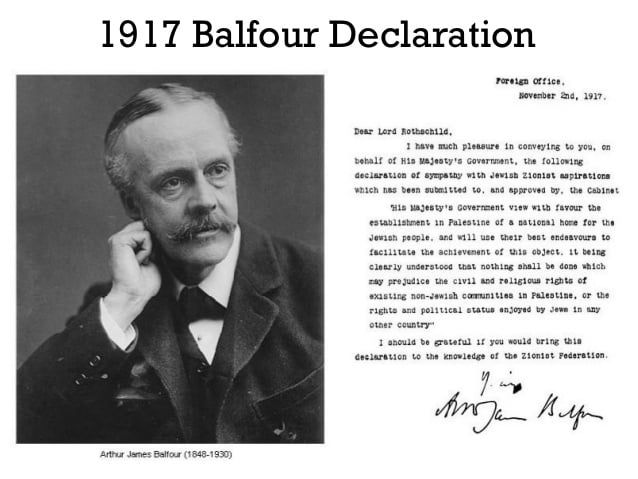




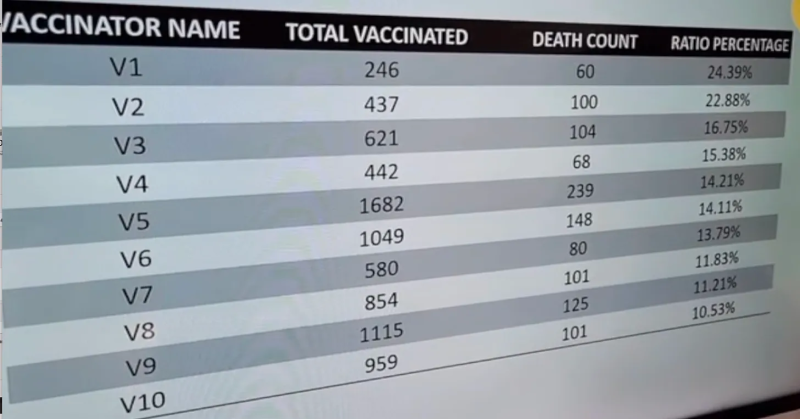

 The Worldwide Corona Crisis, Global Coup d’Etat Against Humanity
The Worldwide Corona Crisis, Global Coup d’Etat Against Humanity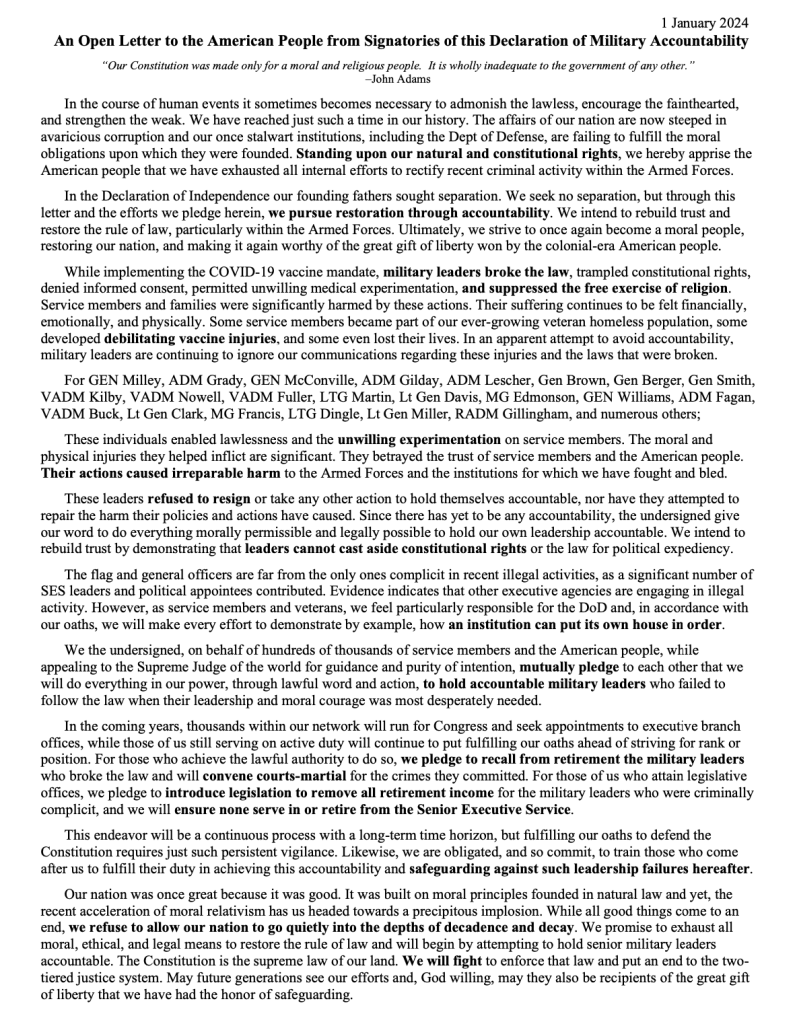
 A Threat from Within, A Century of Jewish Opposition to Zionism
A Threat from Within, A Century of Jewish Opposition to Zionism







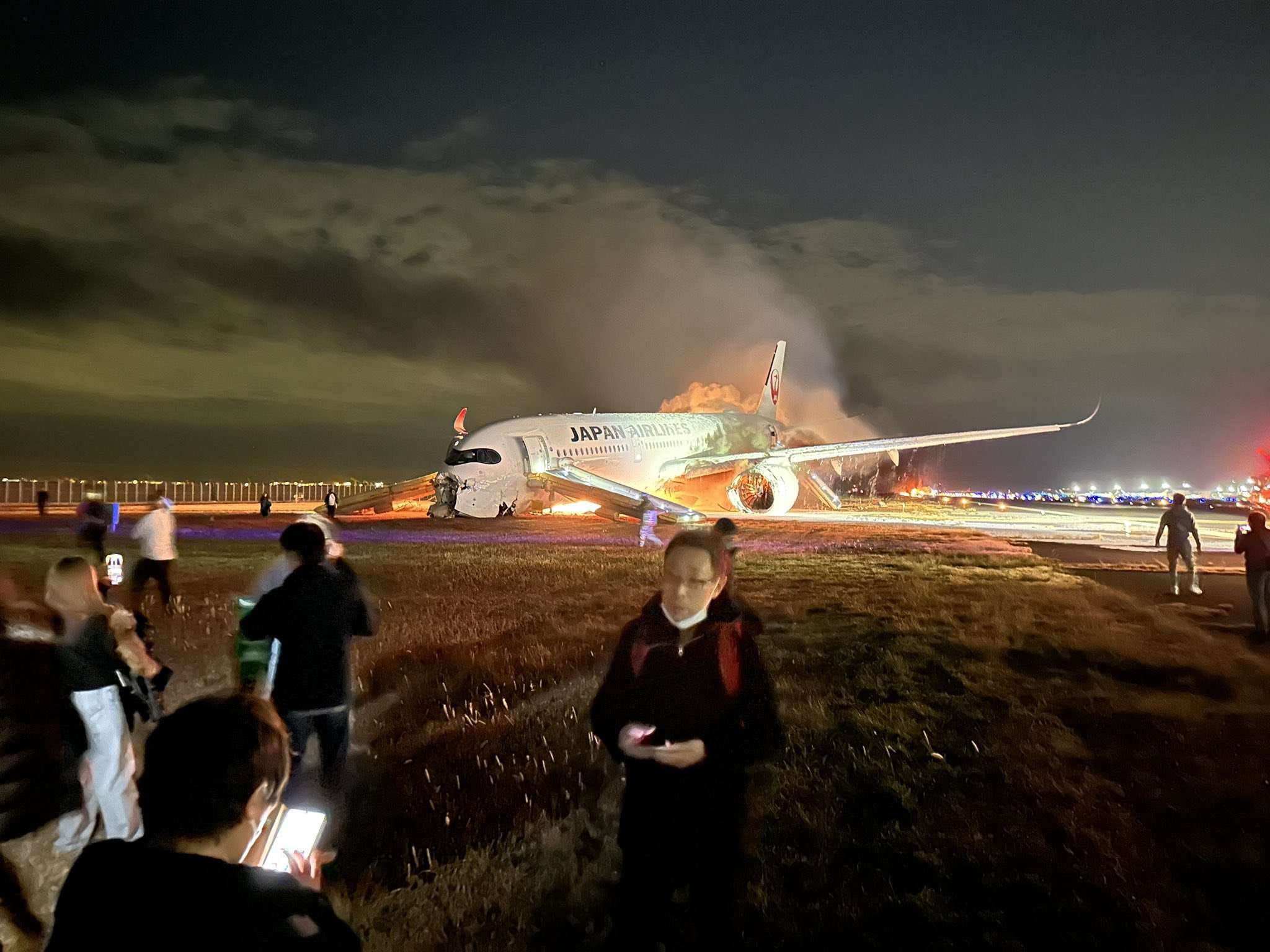
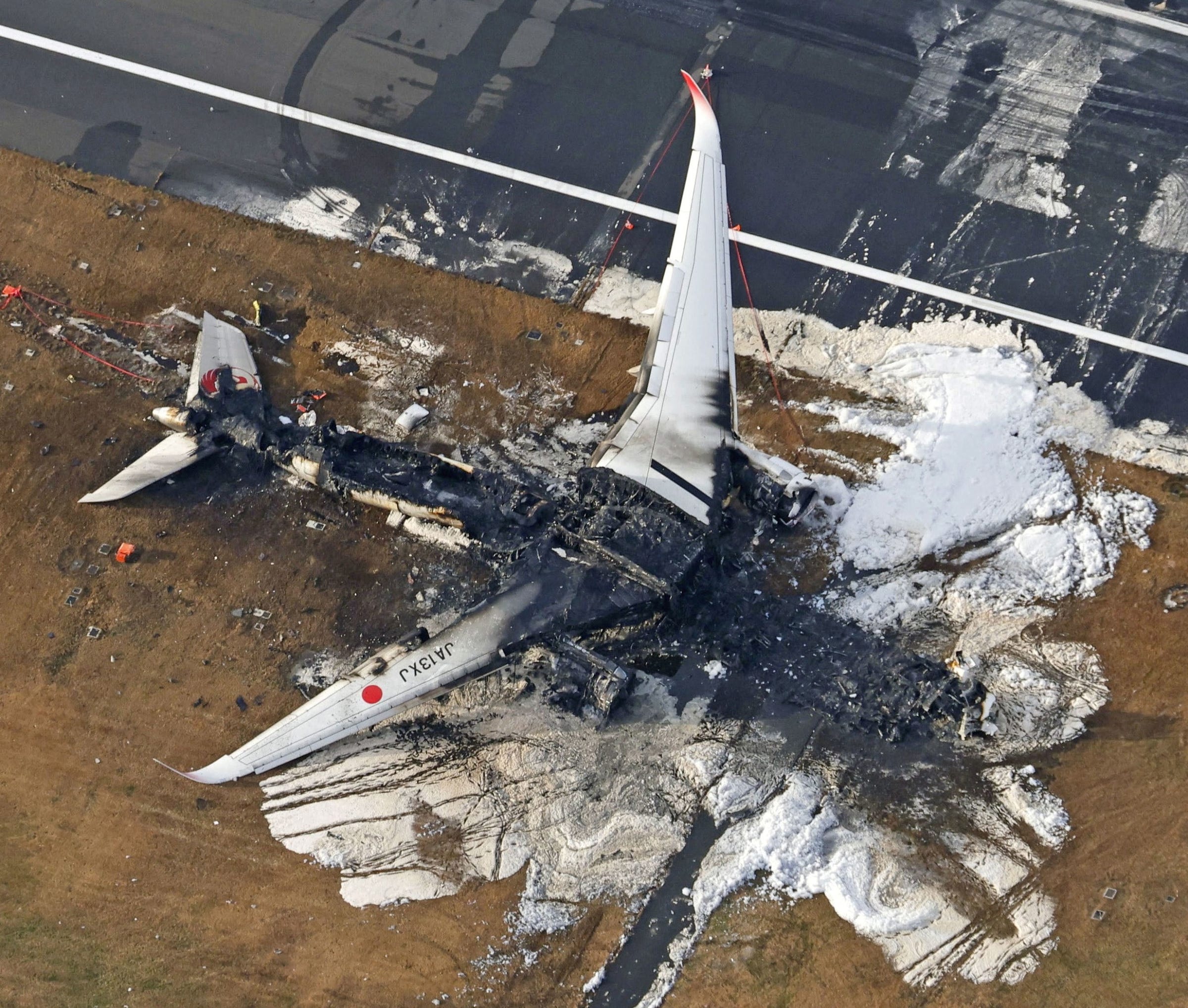
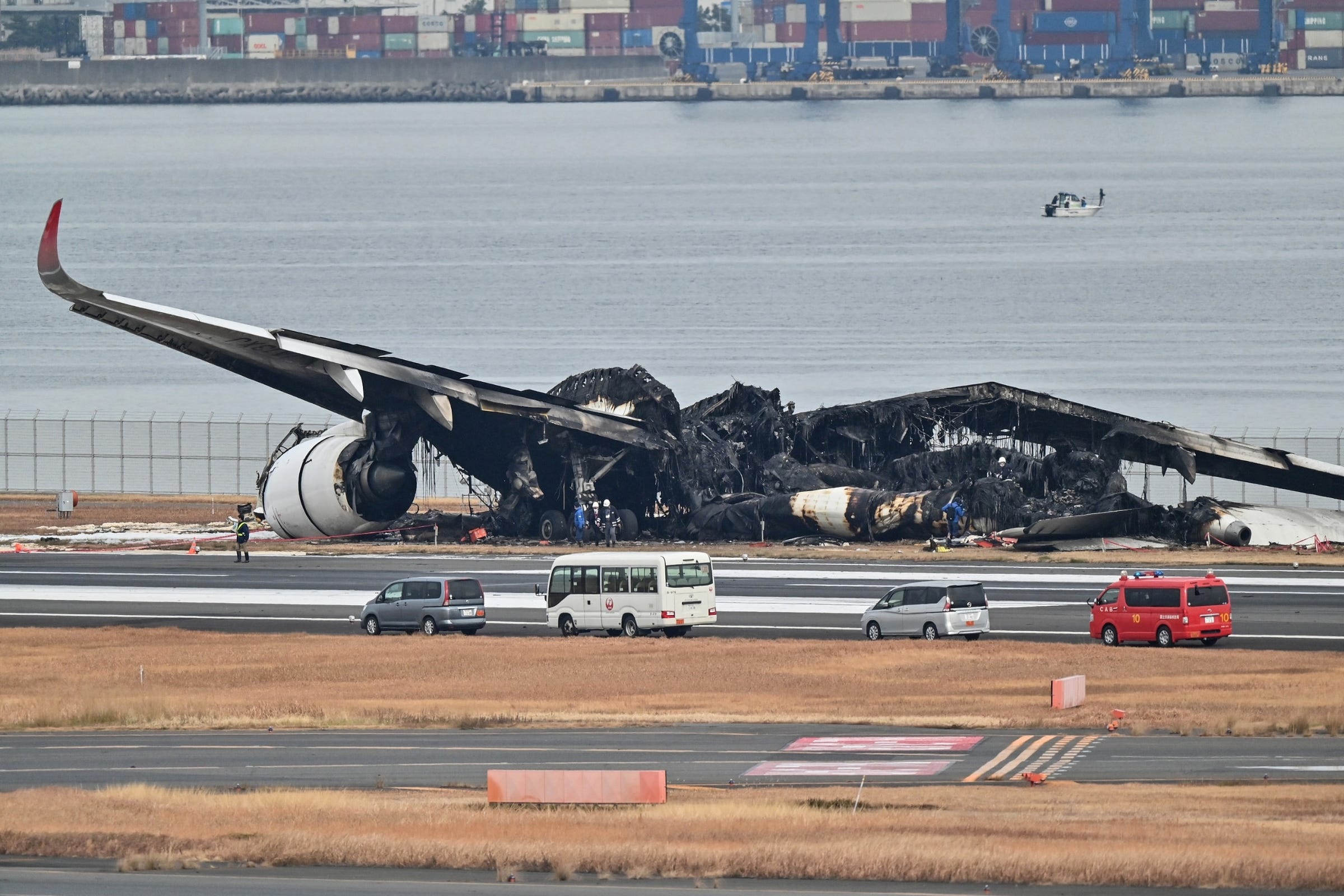
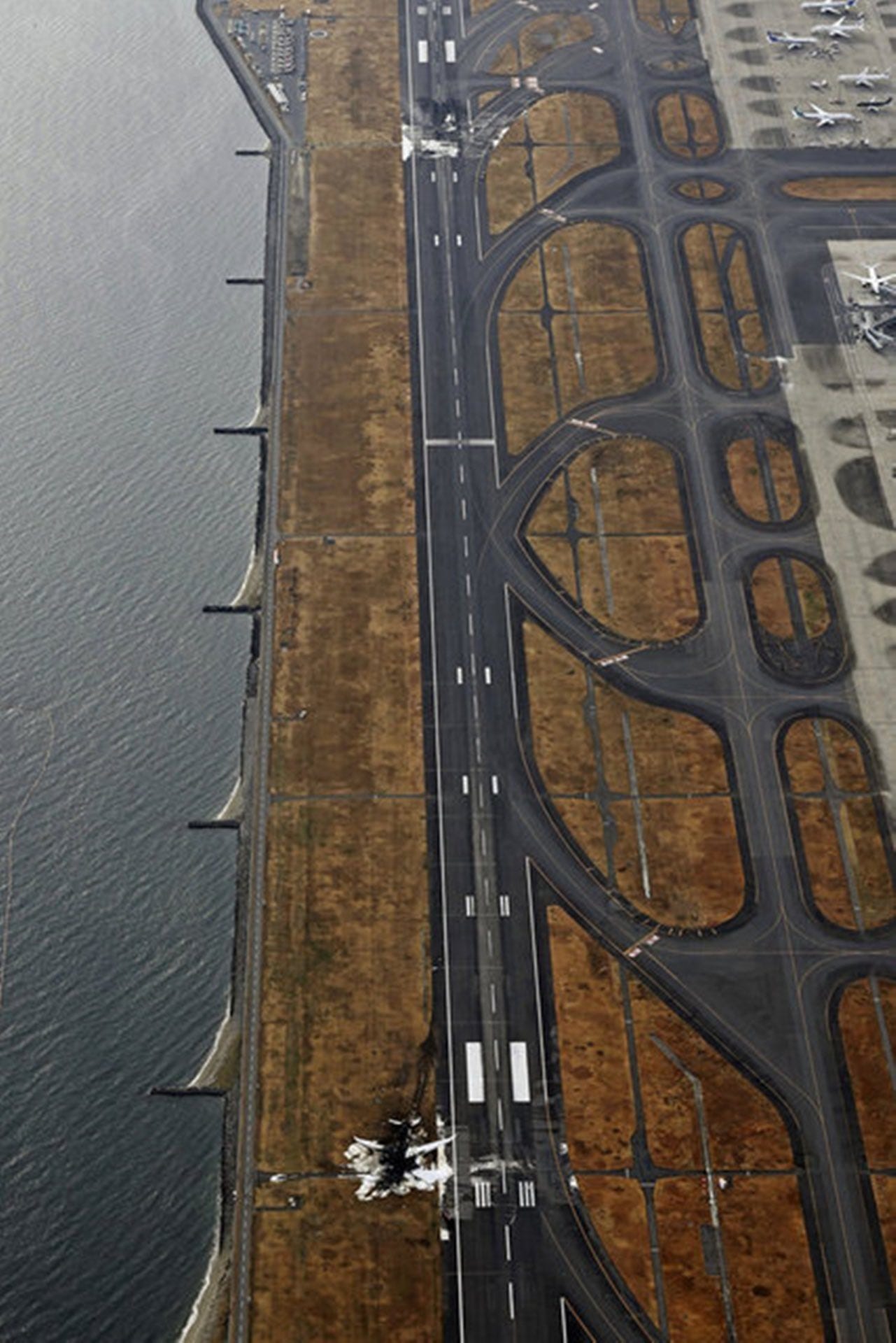







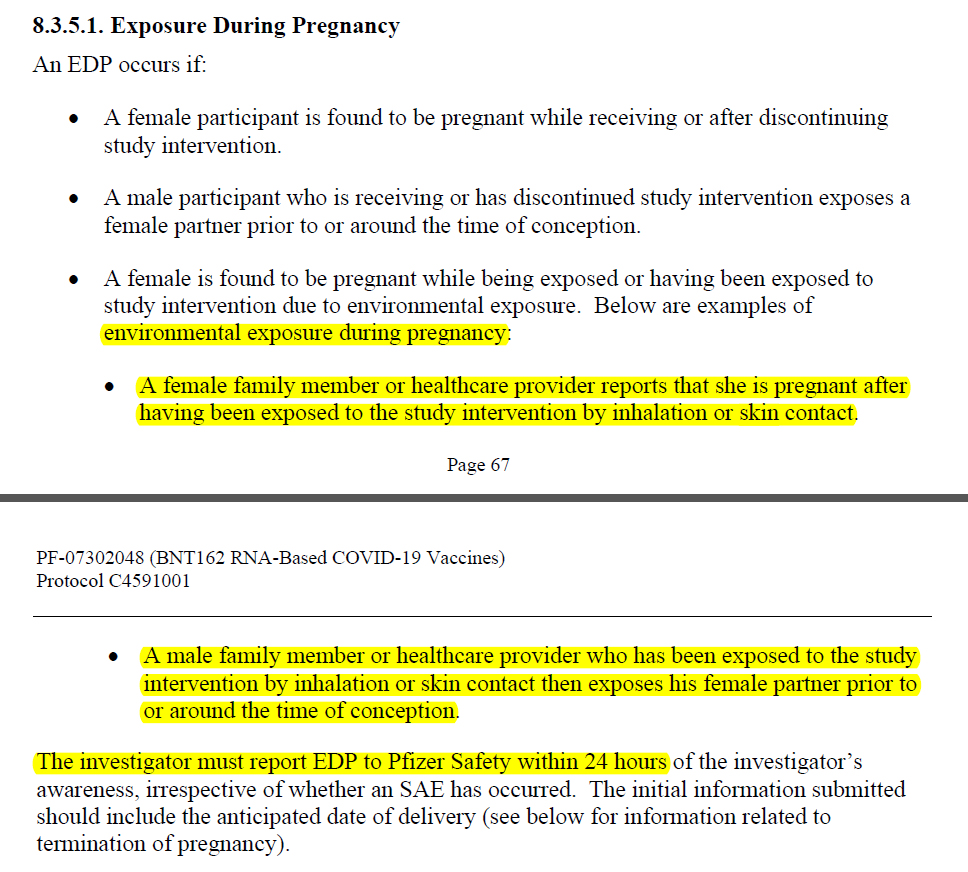

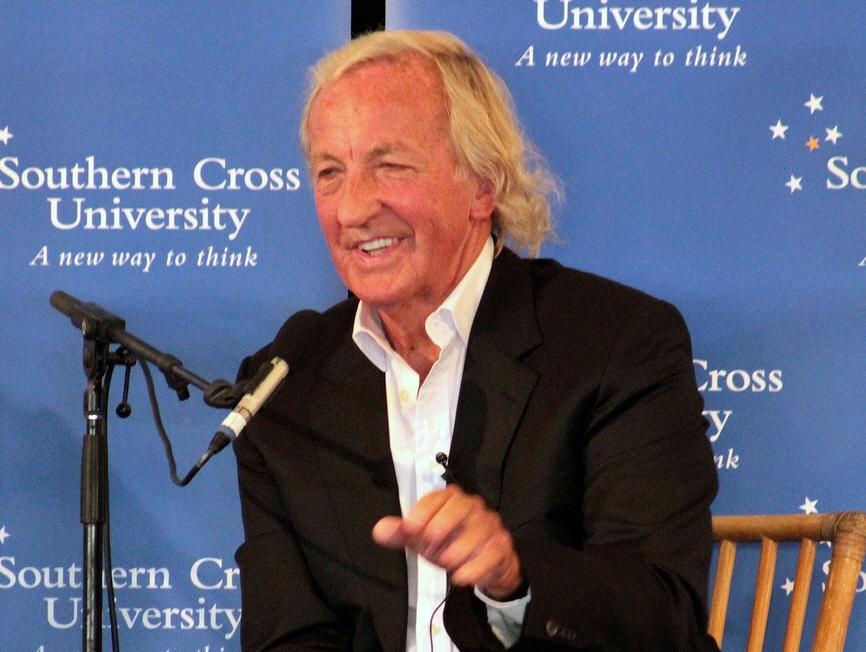



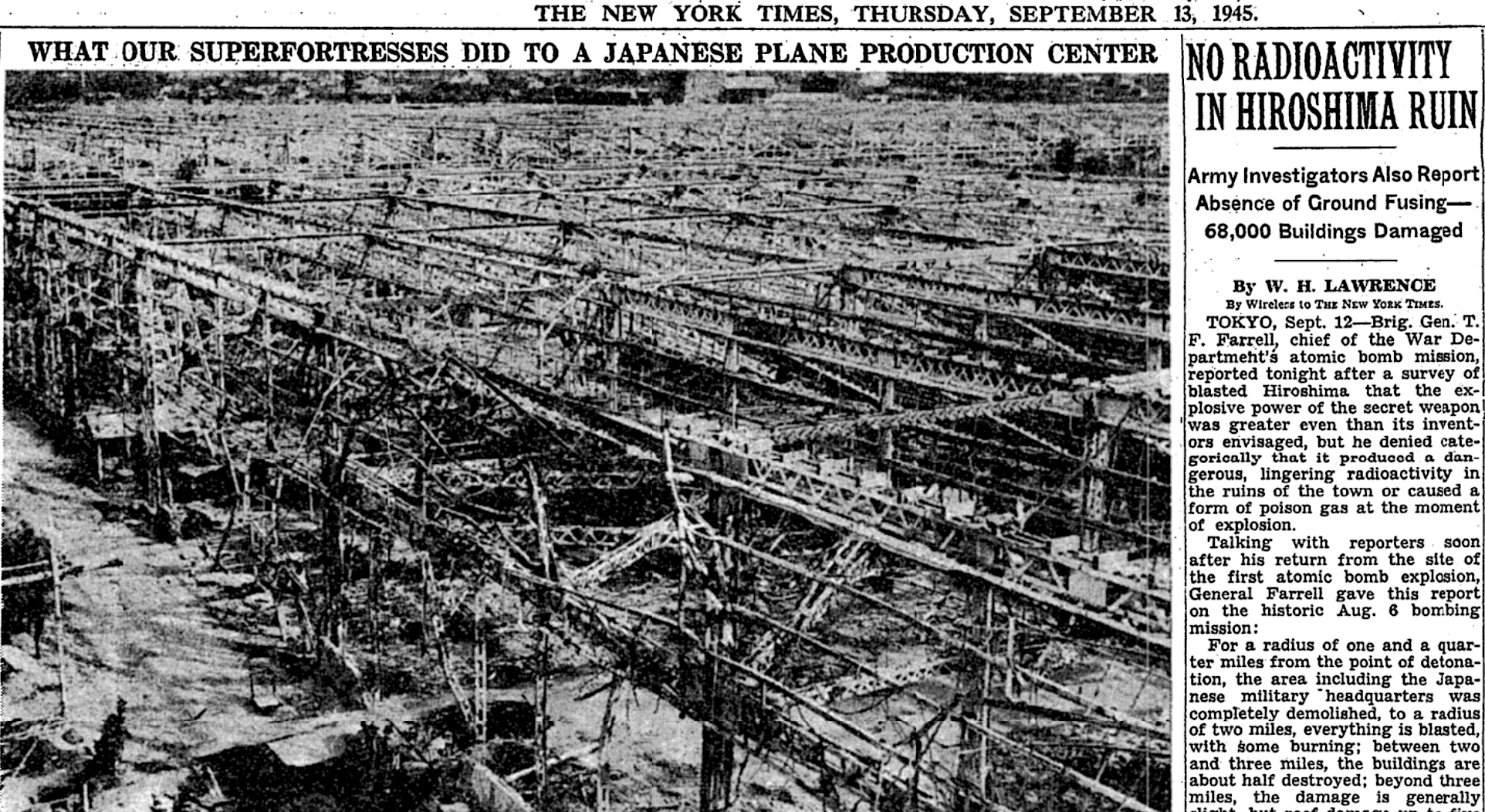

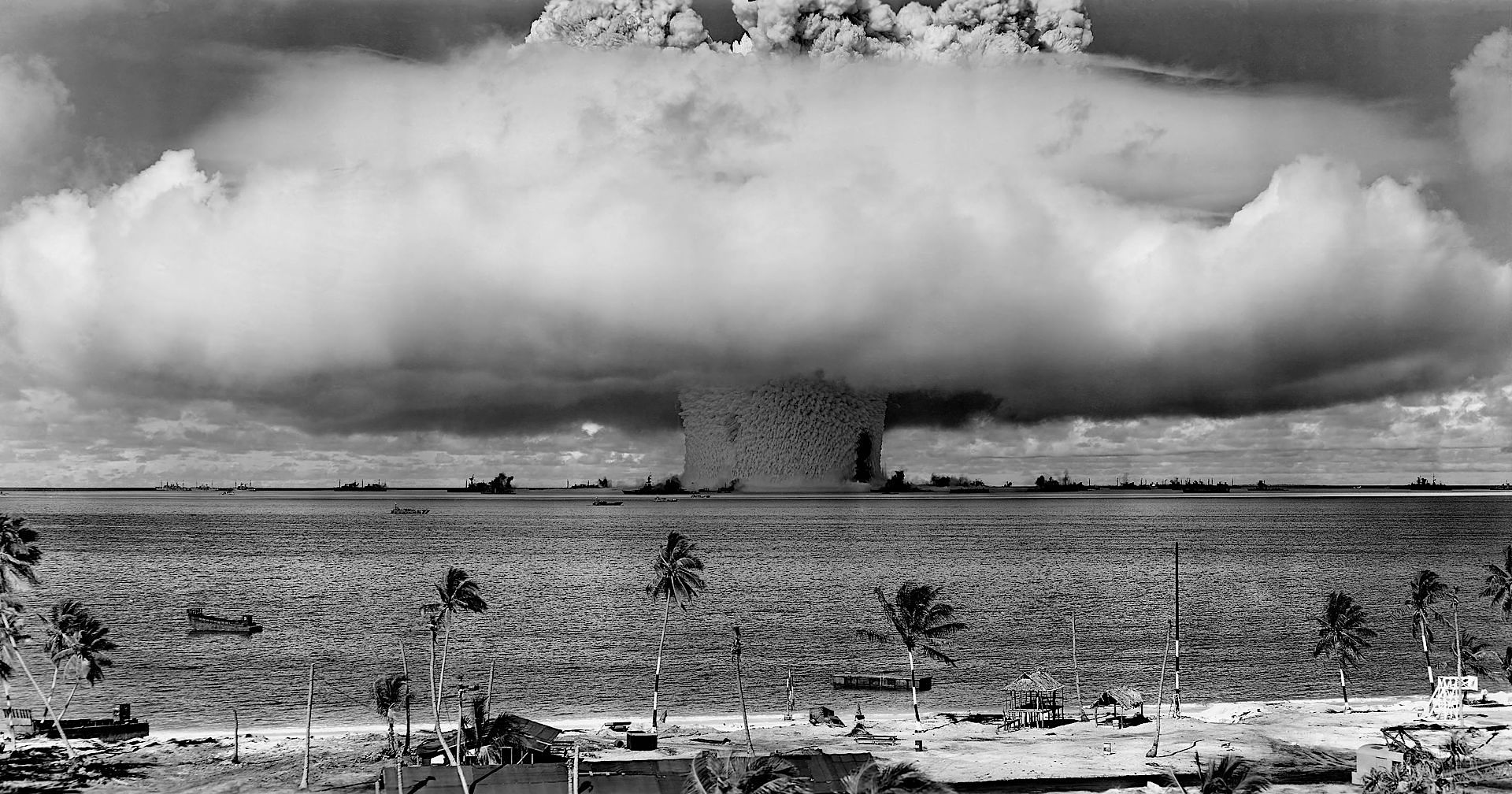



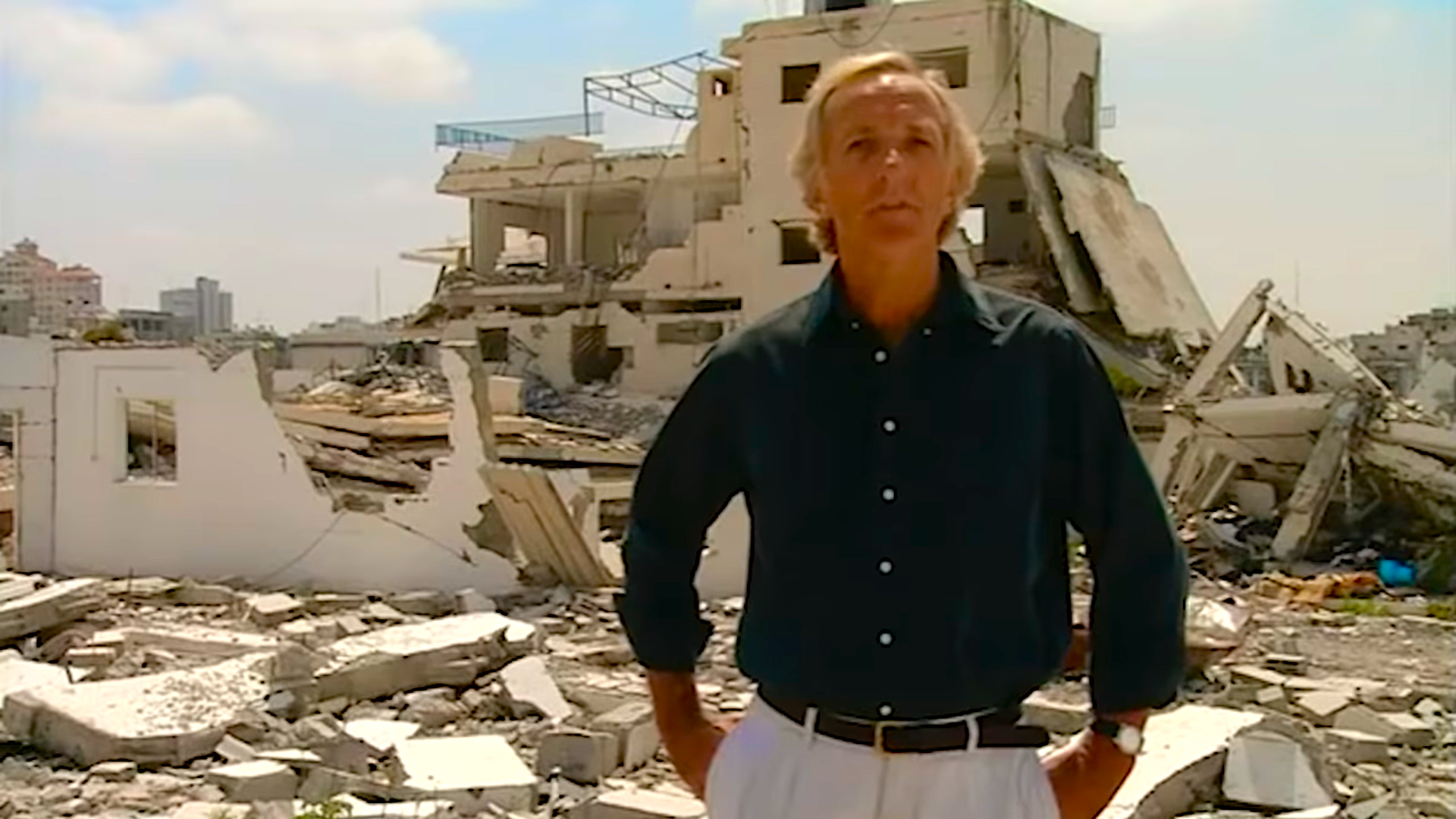 I think of Yehudi Menuhin in his art, of Archbishop Romero, of Pastor Dietrich Bonhoeffer, and of the millions who put self second. And of those truth tellers who strove but who were set aside and kept away from the distracted, ill informed and semi-conscious populations.
I think of Yehudi Menuhin in his art, of Archbishop Romero, of Pastor Dietrich Bonhoeffer, and of the millions who put self second. And of those truth tellers who strove but who were set aside and kept away from the distracted, ill informed and semi-conscious populations. 